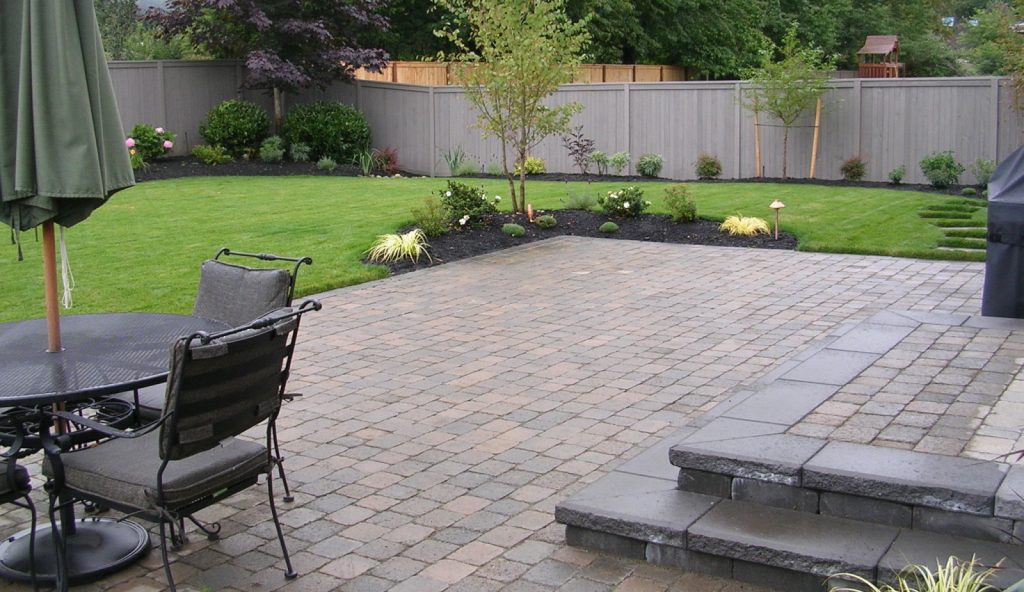The urgent need to reduce urban heat is fortunately driving innovation and experimentation. Los Angeles is expanding its CoolSeal program in 2019.
The term “urban heat island” may have entered the general lexicon in the summer of 1995, when as many as 800 people died in a slow-moving heat wave disaster in Chicago. Temperatures in the Windy City hit triple digits (Fahrenheit) for five days, and the city’s concrete buildings and asphalt roads and highways held the heat into the night. For vulnerable populations, the elderly in particular, that meant no respite with nighttime cooling.
The cause of heat islands is basic physics: Dense objects like pavement capture and hold heat. Even more so if the pavement is dark, as is most asphalt, because the darker the color the more ultraviolet rays it absorbs from the sun. Pavement surfaces can be between 68 and 86 degrees F higher than the surrounding air temperatures on sunny days in summer – at times as high as 150 degrees F, truly hot enough to fry an egg.
The good news is the commercial asphalt paving industry has devised solutions to cool areas around streets and parking lots. The trick is to reflect those ultraviolet (UV) rays off the pavement, creating something called the albedo effect. For example, a recent layer of fresh white snow in sunshine reflects a lot of UV, meaning it has a high albedo. A roof covered in black bituminous material (as most were until recently) absorbs UV rays, making it a much hotter surface because it has low albedo.
One such pavement solution is the CoolSeal coating project underway in Los Angeles. It involves applying a titanium dioxide-infused liquid seal coating to existing streets. Laid down as a ¼ millimeter layer, the temperatures on CoolSeal streets is about 10-20 degrees F lower than a traditional (black) asphalt street. Commercial paving contractors have been out in force throughout summer.
Begun in 2014 in LA as an experiment, the program has been expanded from single blocks to several blocks at a time and will cover 1500 city blocks over the next decade.
CoolSeal offers other benefits as well. It requires less energy to light at night, at the same time when use of air conditioning can be reduced with lower nighttime temperatures. And given how high temperatures cause asphalt deterioration, reducing those temperatures should prolong pavement life.
There may be downsides to CoolSeal in that the reflected light, similar to what downhill skiers and Arctic explorers find, can be bright enough to require sunglasses. And while pets show a propensity to walk on CoolSeal-coated streets – bare paws prefer it – the reflected light can cause the ambient air to be warmer during the daytime. The biggest benefit is the pavement retains less heat, literally at the end of the day, enabling cooler nights.
Other heat mitigation techniques largely depend on growing trees that shade those streets. It’s an excellent green solution but one that requires community cooperation and planning, selecting and caring for the kinds of trees that can stand up to street conditions (vehicular pollution and pedestrian traffic), proper irrigation – and patience, waiting a sufficient time for growth to shade those streets. CoolSeal can be applied in a day and produces immediate effects.

